Do you know the benefits of doing cognitive stimulation in different languages? In this article we explain the advantages and give examples of how to work on the same activity in different languages with NeuronUP.
Benefits of being able to work on cognitive stimulation in different languages
But, what are the benefits of working on cognitive stimulation in different languages?
- It is essential to carry out the intervention in the person’s native language. Therefore, you will be able to work with people whose native language is Spanish, English, French, Portuguese (from Brazil and Portugal) or Catalan.
- Greater resilience against cognitive decline. New research reveals that bilingualism has a positive effect on future cognition. The findings, published in the journal Annals of Neurology, show that people who speak two or more languages, even those who acquired the second language in adulthood, can slow the cognitive decline associated with aging. Along the same lines are the results of a research team led by scientists from the Universitat Oberta de Catalunya (UOC) and Pompeu Fabra University (UPF) published in the journal Neuropsychologia. “It has been observed that the prevalence of dementia in countries where more than one language is spoken is 50% lower than in regions where the population uses only one language to communicate,” says researcher Marco Calabria, Professor of Health Sciences Studies and member of the Cognitive NeuroLab research group at the UOC and of the Speech Production and Bilingualism group at UPF.
- Emphasizing languages at your center. This is a fundamental value if you work with children, since schools increasingly promote bilingual education.
How to work on cognitive stimulation in different languages with NeuronUP
Did you know that NeuronUP allows you to carry out interventions with your users in five different languages? NeuronUP is a multilingual platform that lets you work on cognitive stimulation activities in different languages, specifically in Spanish, English, French, Portuguese (Portugal), Portuguese (Brazil) and Catalan.
How to select the different languages in NeuronUP?
There are two options: change the language of the entire platform or change the language of the activities only.
1. Change the language of the entire platform
To do this you should follow these steps:
- Log in to NeuronUP.
- Click on Settings, the gear at the top right.
- Select the language you want to work with. For example, English.
- You can now use the platform in English!
2. Change only the language of the activities
- Log in to NeuronUP.
- Click on Language, at the top right
- Select the language you want to work with. For example, English.
- You can now work with the activities in English, while the rest of the platform remains in Spanish!
In this video we also show you how to do it:
Examples of activities to work on cognitive stimulation in different languages
Below, we show two examples of NeuronUP activities, one for adults and one for children, to work on cognitive stimulation in different languages:
1. Number names
This first activity we propose is to work with adults on numbers.
What does it involve?
It is an activity that consists of matching numbers with their corresponding names.
What does this activity train?
- Semantic memory,
- reading.
Customization
In addition, this activity is a generator, and like all generators, it can be customized to adapt it to the characteristics and needs of each user. You can customize the parameters and the general aspects.
Parameters
- Number range: from 1 to 9,999,
- quantity of numbers
General aspects
In this generator you can configure general characteristics such as the operating mode (correction mode or free mode and maximum allowed errors), the maximum time, whether or not you want a visible timer for the activity and an inactivity warning. Additionally, you can modify the instructions
Example of an adult activity for cognitive stimulation in different languages
Below, we show the Number names activity in Spanish, English, French, Portuguese and Catalan.
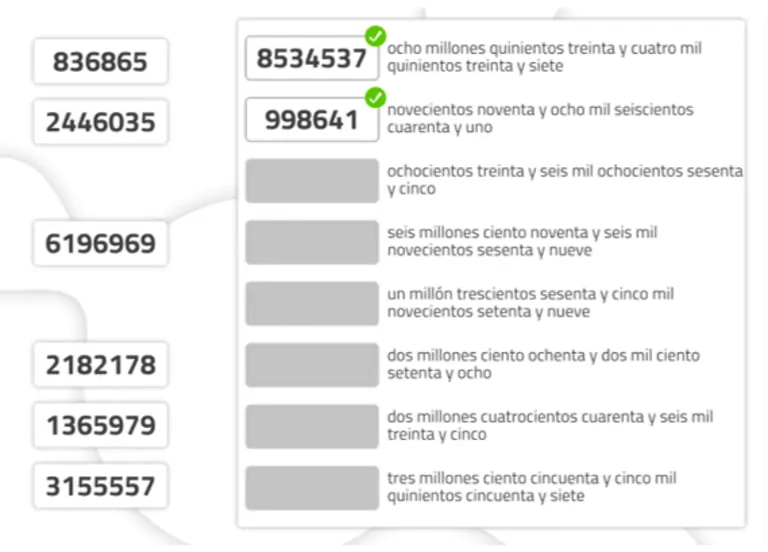
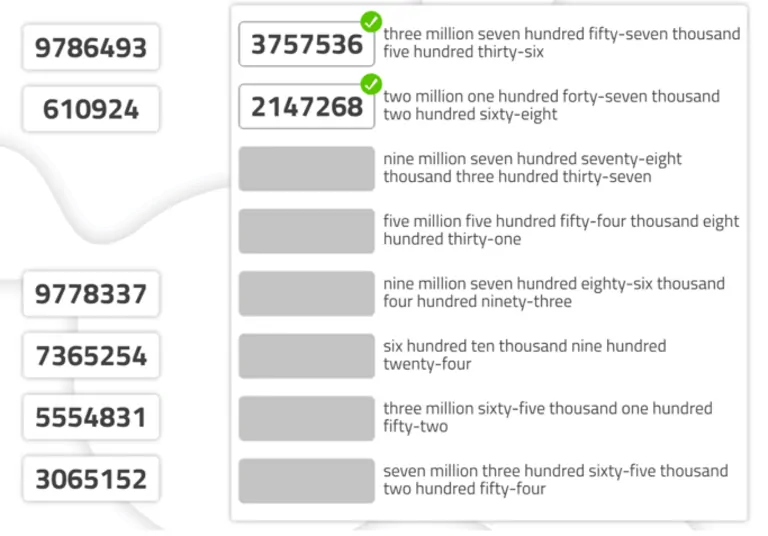
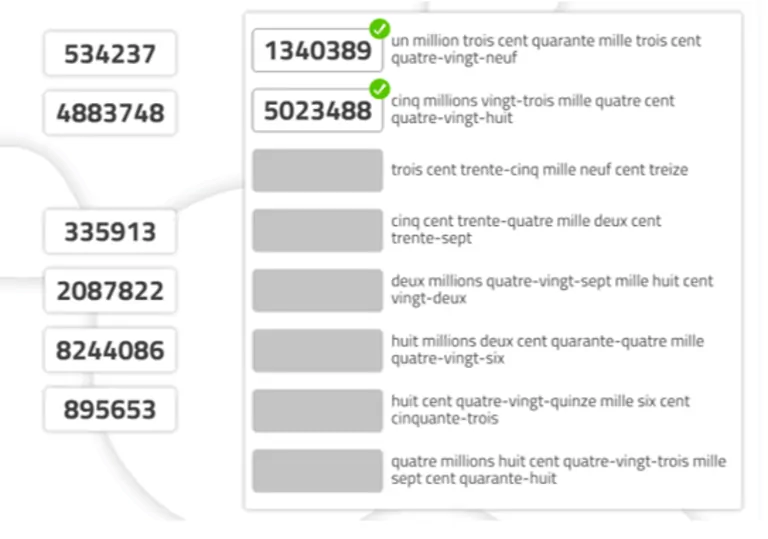
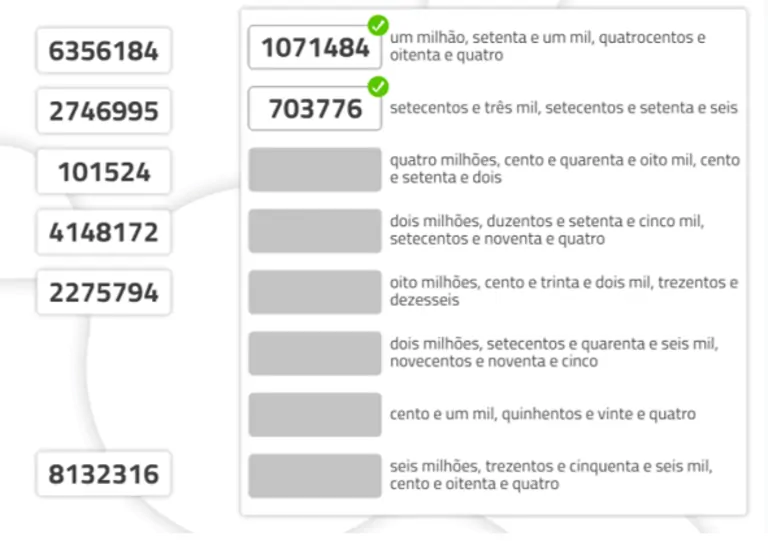
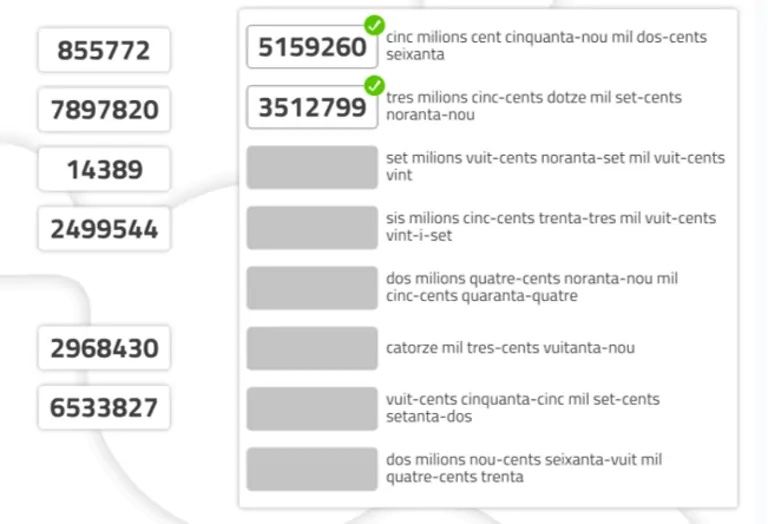
2. Which photo best fits the word?
Right now, we show a children’s activity in the different languages. It is the worksheet Which photo best fits the word?
What does it involve?
Children have to identify the characteristic features of each mood and identify the emotional state of the characters, always matching each emotion with its correct word.
What does this activity train?
- Social cognition,
- vocabulary.
Example of a children’s activity for cognitive stimulation in different languages
This activity can be selected in Spanish, English, French, Portuguese (Portugal), Portuguese (Brazil) and Catalan to work with children in your center.
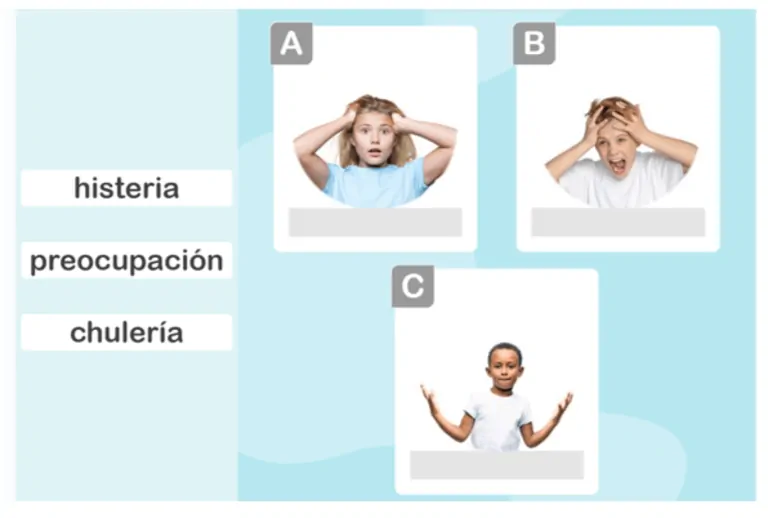
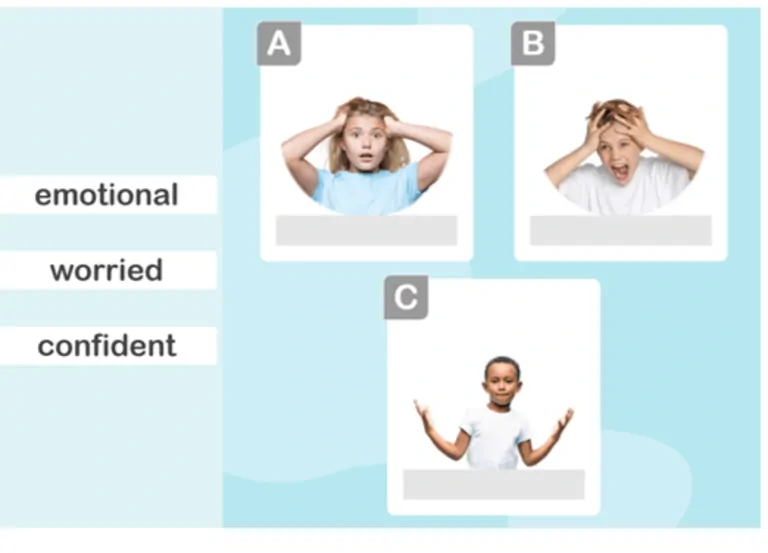
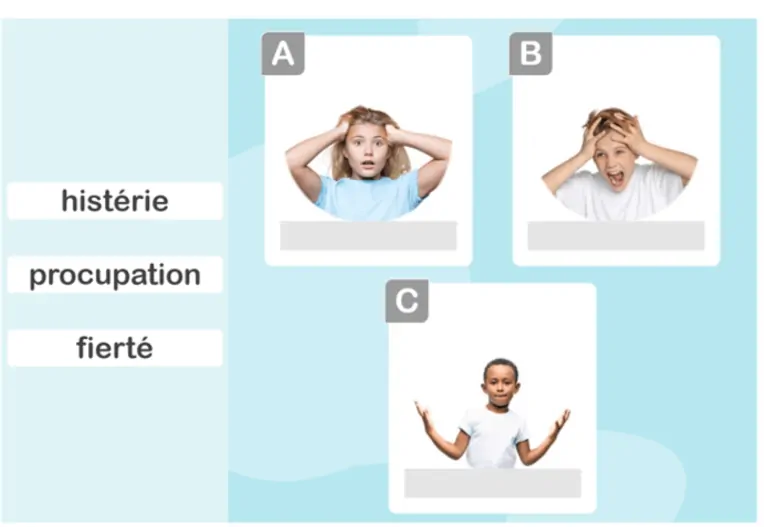
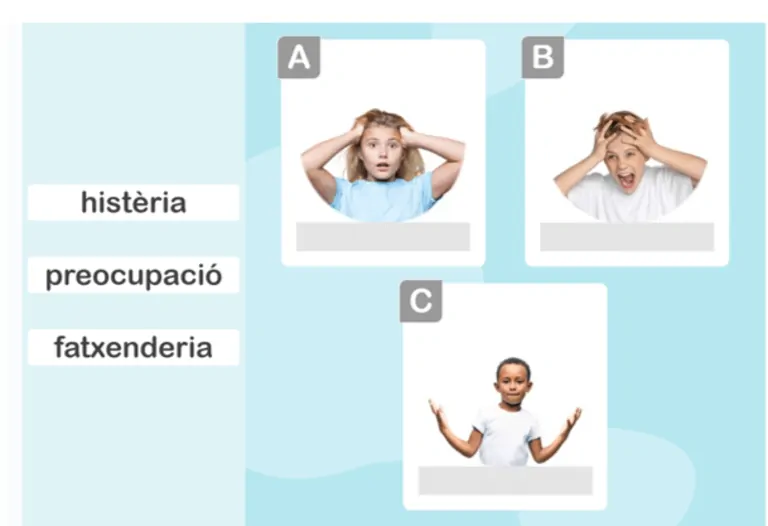
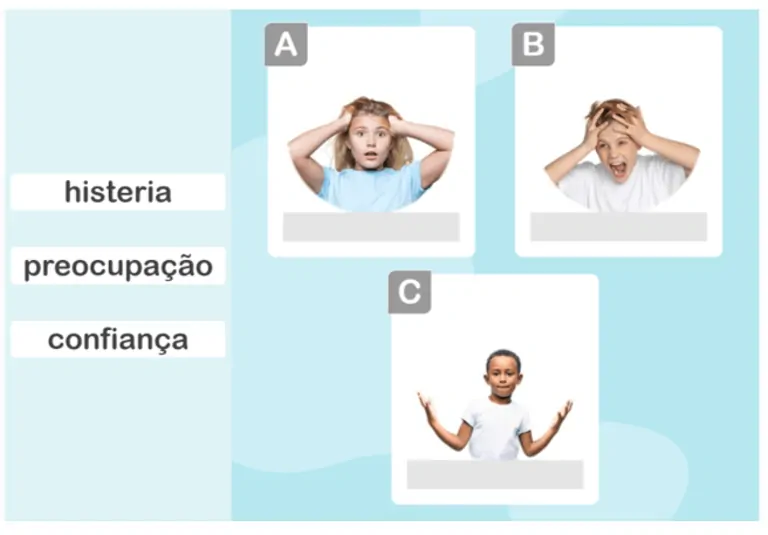
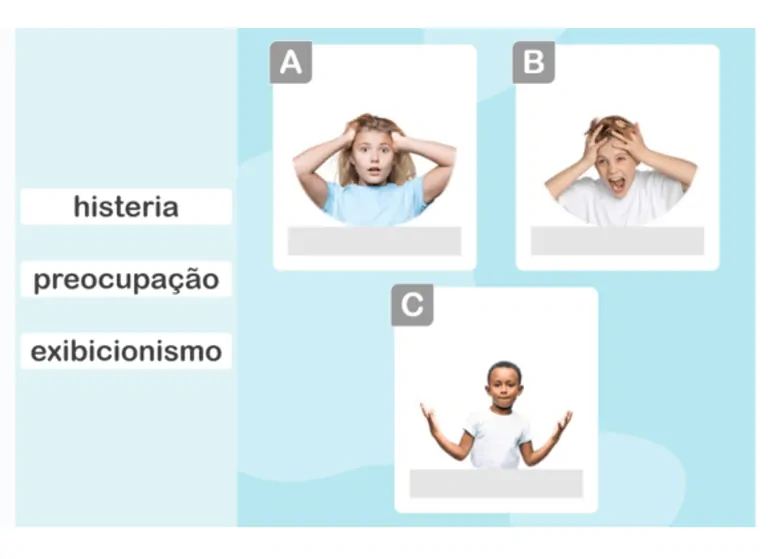
Bibliography
- Thomas R. Wood, Josh Turknett, Is the lack of appropriate cognitive demand the primary driver of dementia risk?, Lifestyle Medicine, 10.1002/lim2.70, 3, 4, (2022). https://onlinelibrary.wiley.com/doi/full/10.1002/ana.24158
- Anderson JAE, Chung-Fat-Yim A, Bellana B, Luk G, Bialystok E.Neuropsychologia. Language and cognitive control networks in bilinguals and monolinguals. 2018 Aug;117:352-363. doi: 10.1016/j.neuropsychologia.2018.06.023. Epub 2018 Jun 28. https://pubmed.ncbi.nlm.nih.gov/29959966/
- Rivera Mindt M, Arentoft A, Kubo Germano K, D’Aquila E, Scheiner D, Pizzirusso M, Sandoval TC, Gollan TH.Neuropsychol Rev. 2008 Sep;18(3):255-68. doi: 10.1007/s11065-008-9069-7. Epub 2008 Oct 8.
https://pubmed.ncbi.nlm.nih.gov/18841477/
If you liked this post about how to work on cognitive stimulation in different languages, you may also be interested in these articles:
“This article has been translated. Link to the original article in Spanish:”
Trabaja la estimulación cognitiva en diferentes idiomas
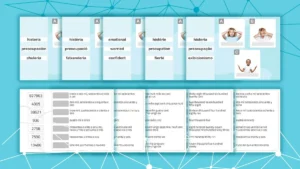



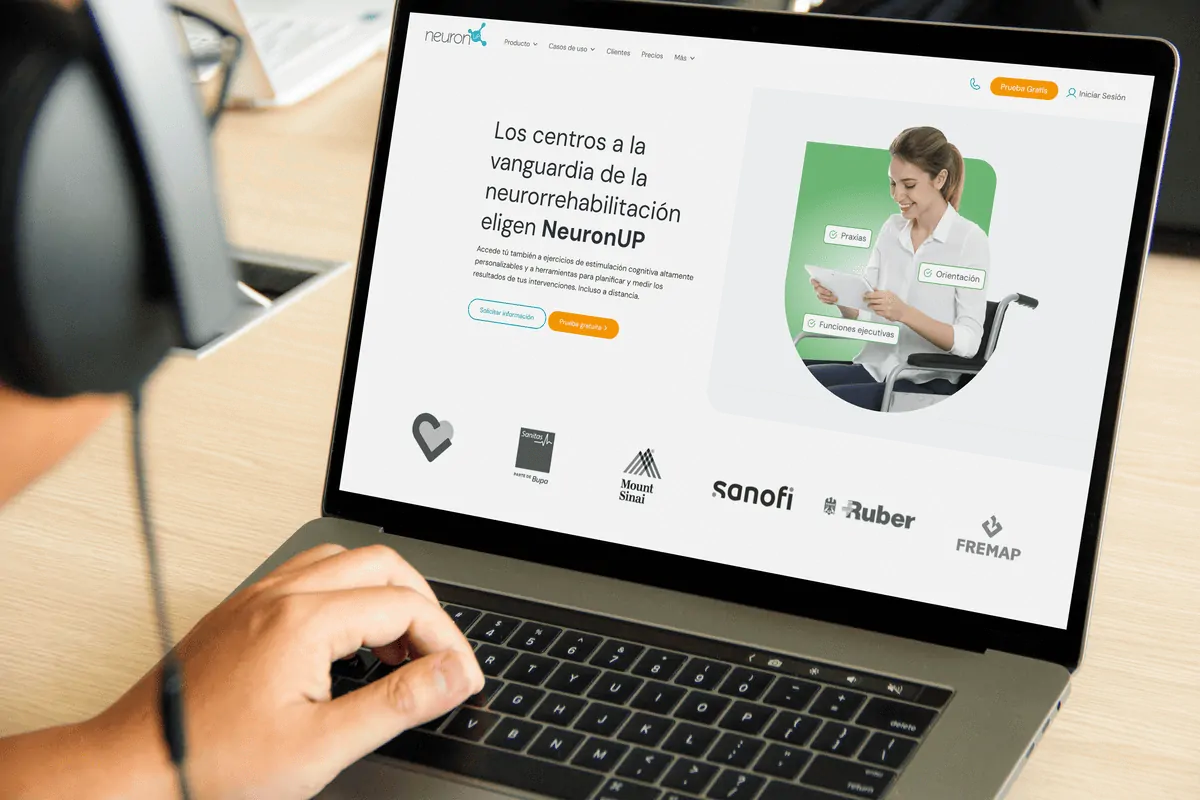
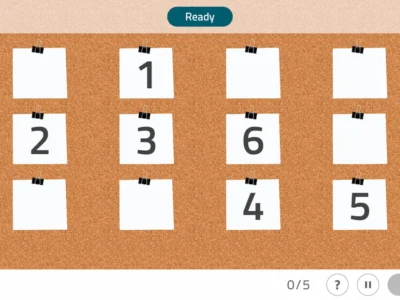

 Reading problems: how to address reading difficulties
Reading problems: how to address reading difficulties
Leave a Reply